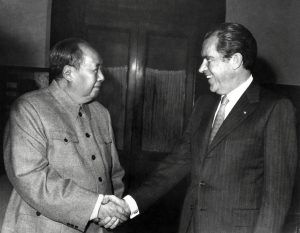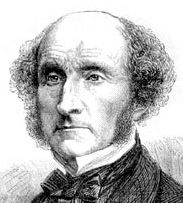All signs point to President-elect Trump implementing a major shift in the U.S.-China policy that has been in place since 1971. A primary purpose of President Nixon’s rapprochement with China was to leverage China against the former Soviet Union. The economic benefit of the rapprochement, though unforeseen at the time, was the development of a major bilateral trade and economic relationship between China and the U.S. Currently, there is over $700 billion in trade flows between the two countries.

However, recent years have witnessed growing cries of Chinese exploitation of this relationship, ranging from widespread intellectual property and industrial theft, to mercantilistic currency manipulation in order to advantage Chinese trade. Military issues exist in the South China Sea. The U.S. position with respect to mainland China’s one-China policy is apparently being reconsidered.
Introduction of Peter Navarro Into the Mix
President-elect Trump’s appointment of Peter Navarro as director of trade and industrial policy and as head of the new White House National Trade Council has amplified the likelihood of a major shift in U.S.-China policy.

Among other things, Mr. Navarro has previously blamed China for the loss of 25 million American jobs. In his writings Navarro portrays China as a menace that cheats on trade in a variety of ways, including through the theft of intellectual property and illegal export subsidies. He has stated that the U.S. is already in a trade war with China and needs to fight back.
The President-elect has suggested that his goal is to level the economic playing field with China. Creating a variety of pressure points to achieve that objective may be wise. However, implementation of those pressure points may be tricky, if not outright dangerous. The risk of a tactical miscalculation is real.
We will explore these issues in more detail in a subsequent Opinion in the coming weeks.
